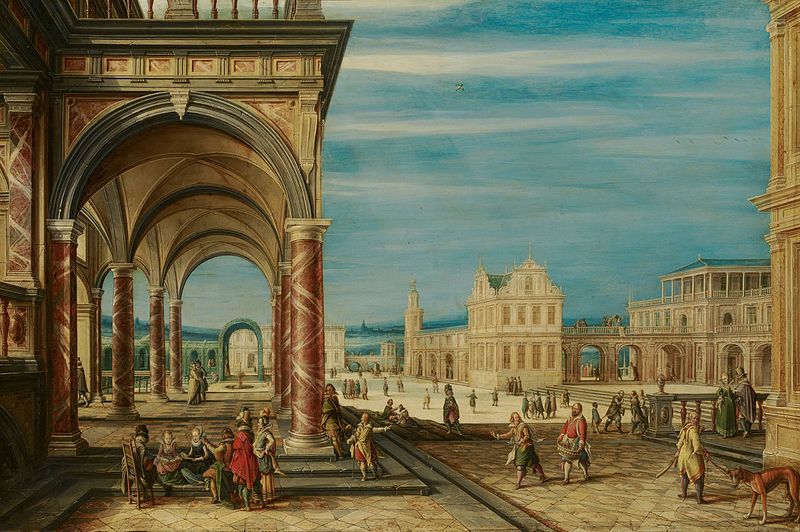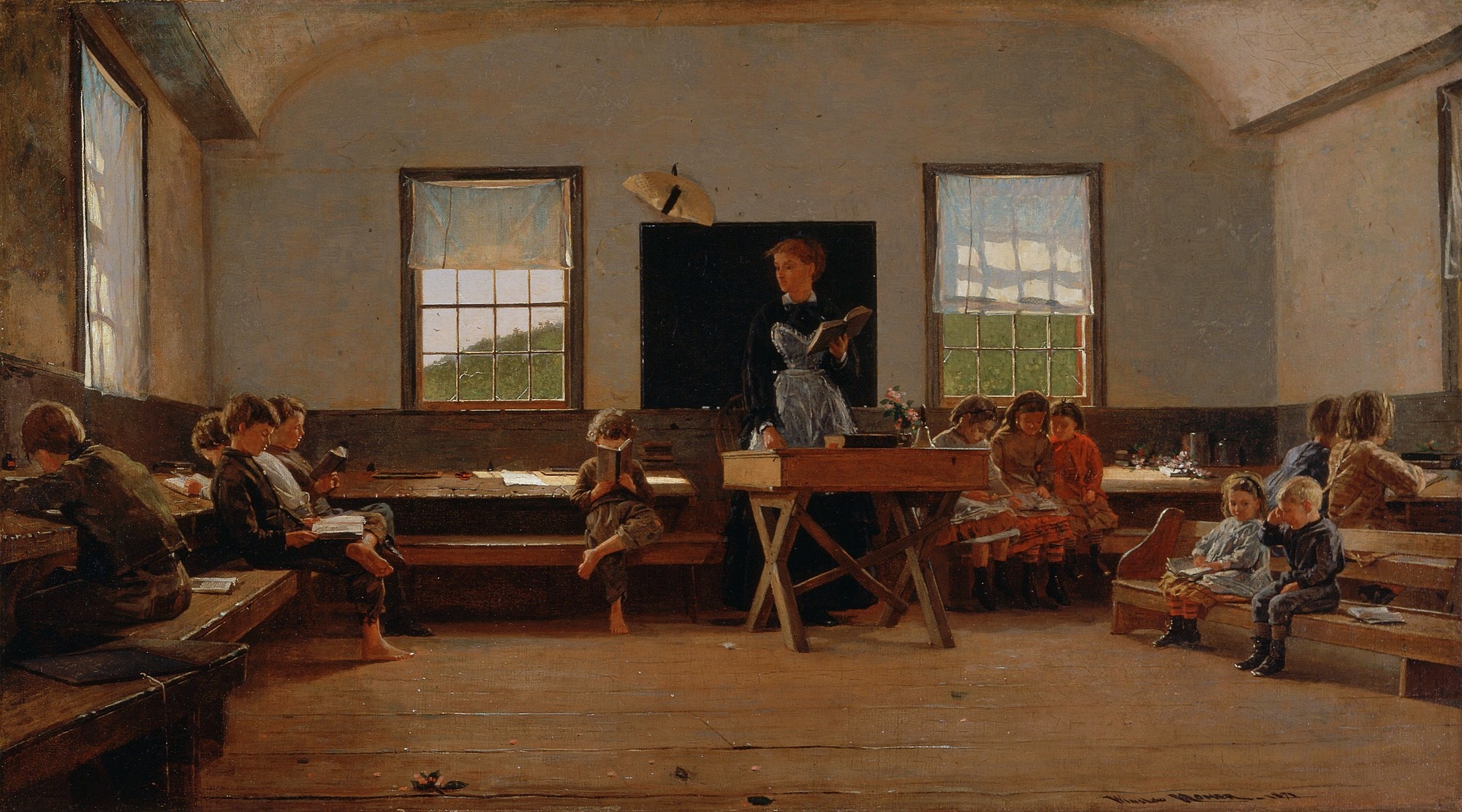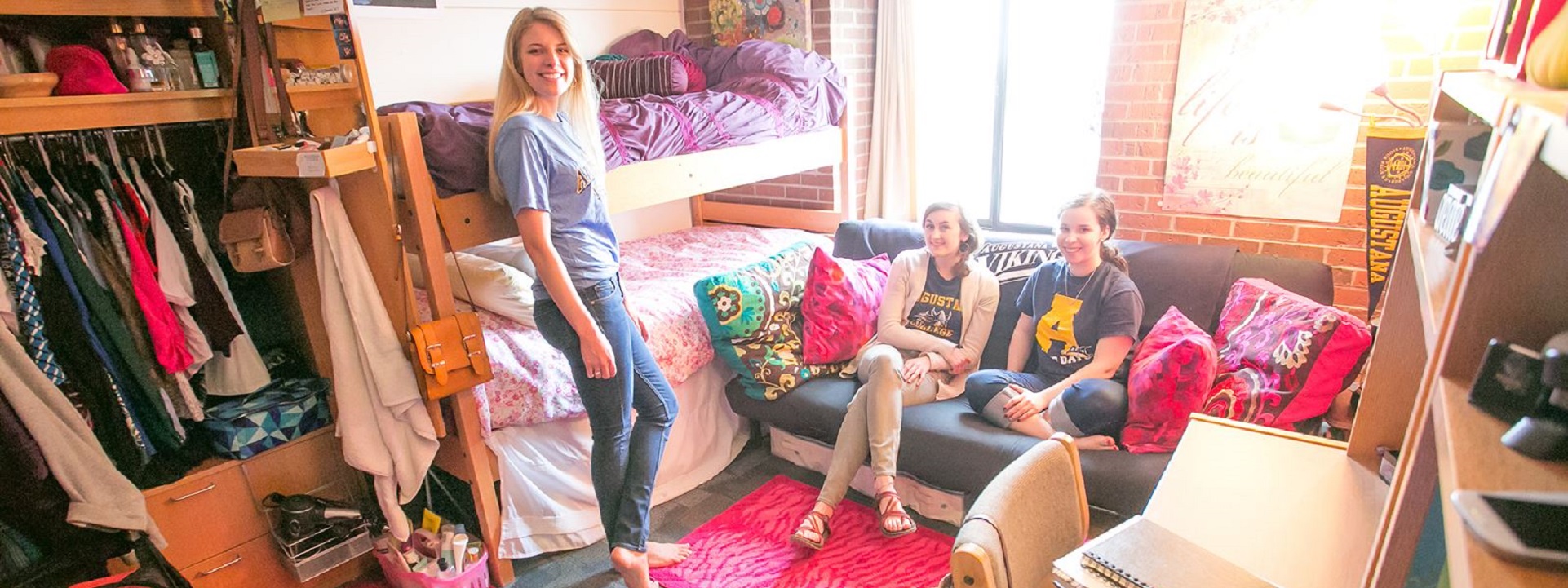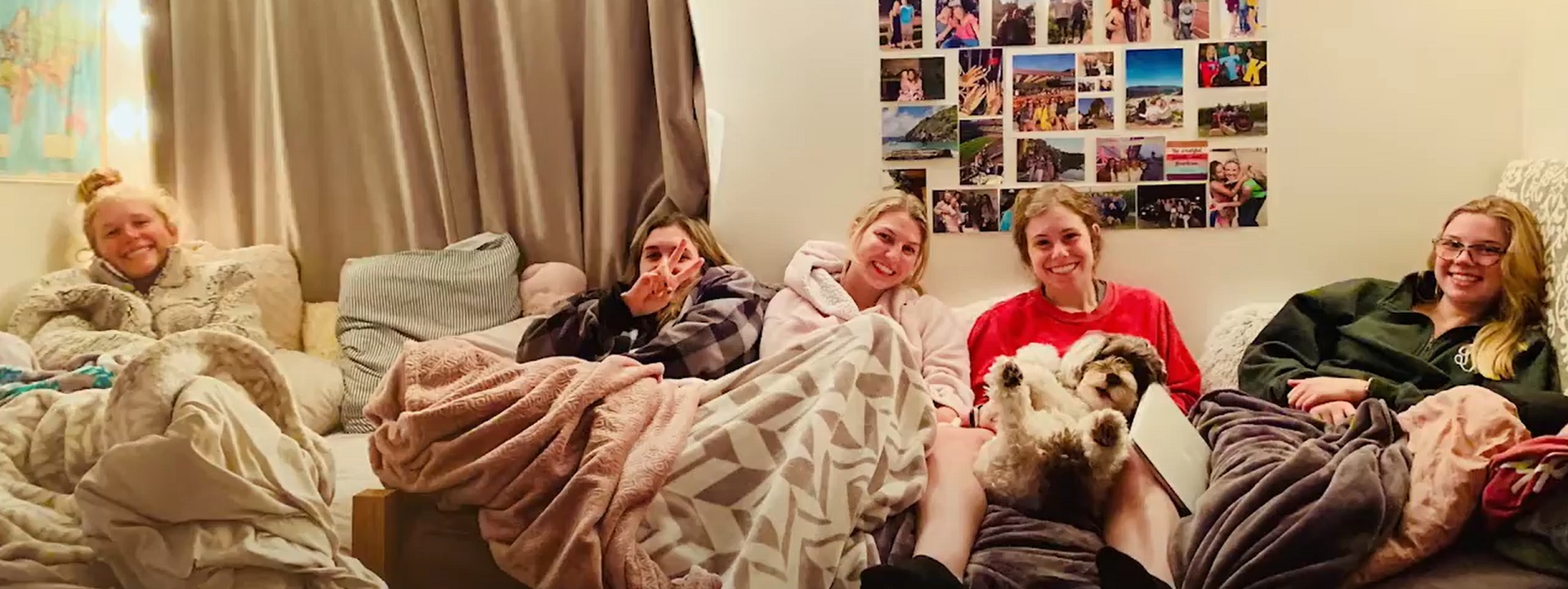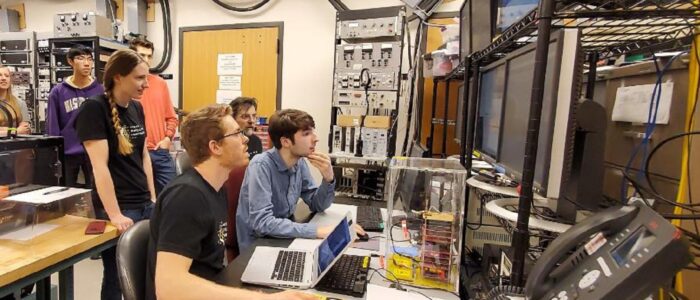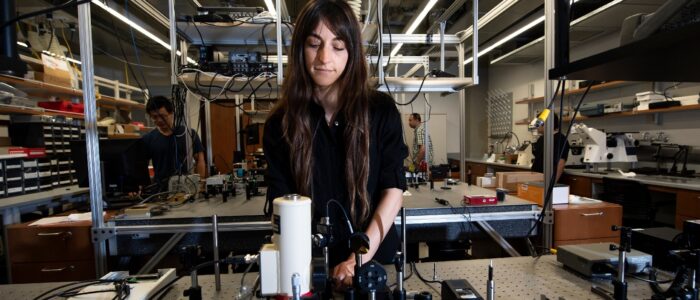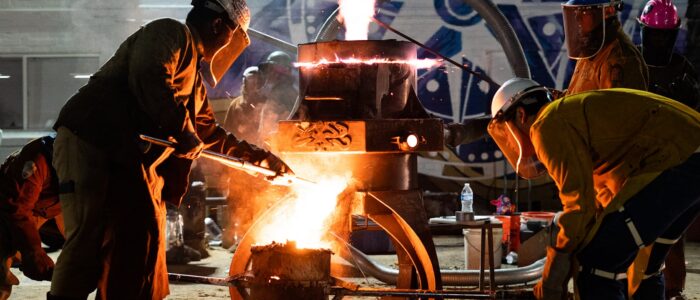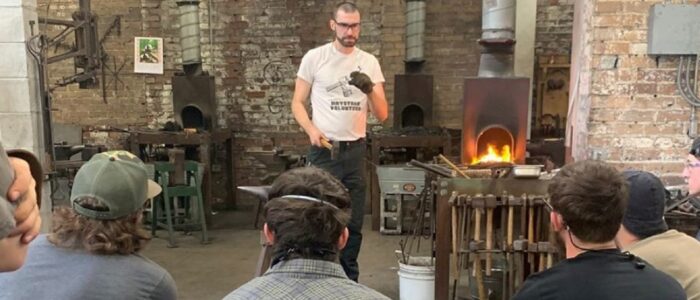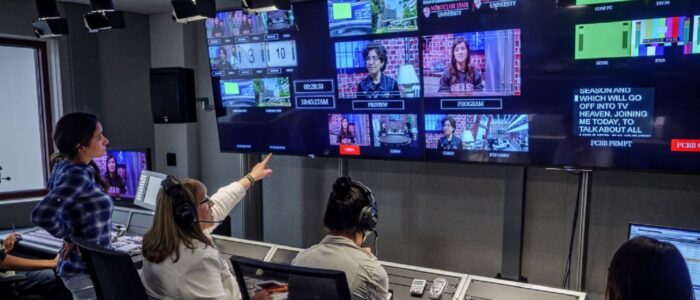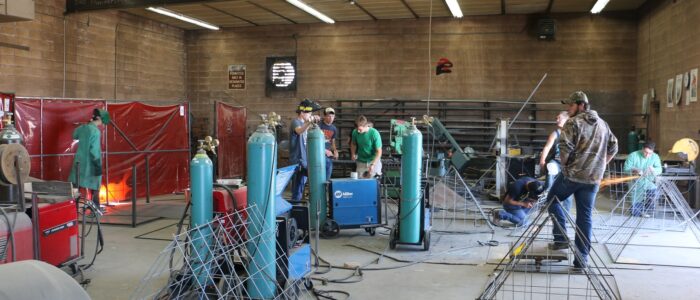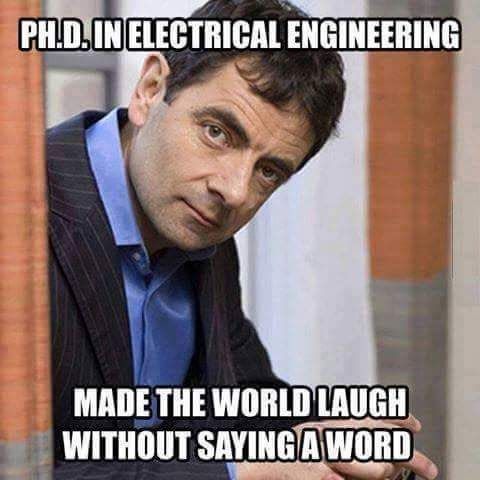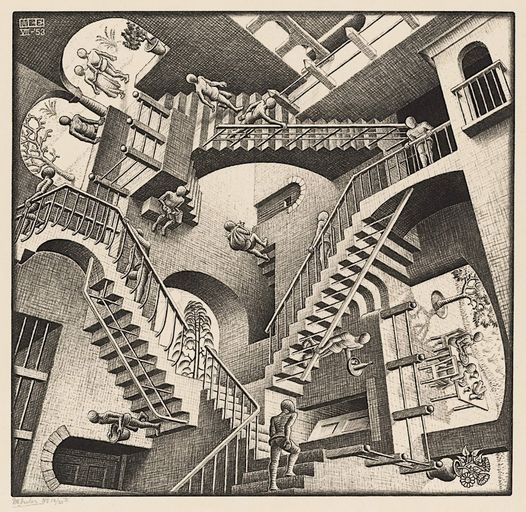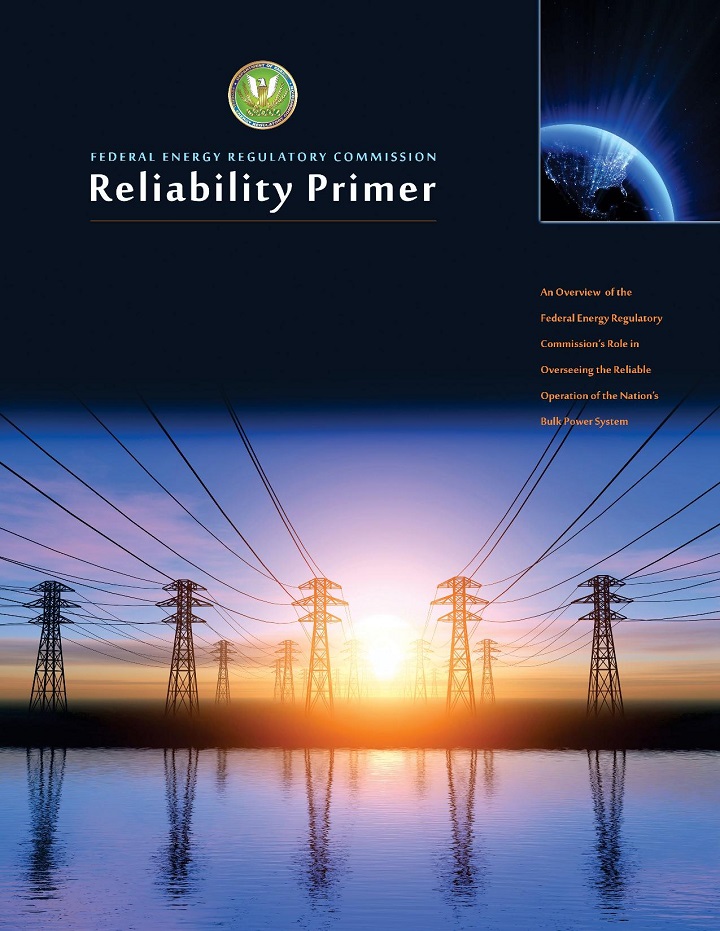Fire Alarm Basics | Prometheus
Today we run through recent action in fire safety best practice literature. Even though fire safety technologies comprise about 2-4 percent of a new building budget, the influence of the fire safety culture dominates all aspects campus safety; cybersecurity of public safety communication technology for example.
A small sample of the issues we have tracked in the past: (2002-2023). Items in RED indicate success in reducing cost with no reduction in safety (i.e. successful rebuttal, typically market-making by incumbents)
- Limiting vendor lock-in (promote interoperability) in building additions.
- Limiting the tendency to lowball first cost in order to achieve vendor lock-in later in the facility life-cycle
- Dormitory kitchen fire safety
Fire Safety of University Dormitory Based on Bayesian Network
- Clarification of mixed-occupancy classifications (occupant loading)
- Fixed interval (rather than risk-informed) inspection, testing and maintenance of fire alarm and protection system components
- Fire alarm system upgrades during renovation
Gamification Teaching in School Fire Safety
- Mixed zone and addressable alarm system wiring
- Wireless initiation devices
- Integrated fire protection systems (NFPA 3&4)
- Portable fire extinguishers (NFPA 10)
Hospital Evacuation under Fire
- Alarm system re-set procedures
- Sprinkler system coverage for animals in research
- Scalability of fire safety professional certification
- Sprinklering of off-campus student housing
- Advocating central (or campus district) fire pump systems
One of the newer issues to revisit over the past few years is the fire safety of tents. Many colleges and universities are setting up large commercial tents outside buildings (within range of Wi-Fi) for students to congregate, study and dine. We are also seeing back and forth on fire safety in theatrical performance venues in the International Code Council building safety catalog.
We approach these titles with an eye toward driving risk-informed, performance requirements that reduce risk and cost for the user interest; while recognizing the responsibility of competitor stakeholders. It is not a friendly space for the user-interest who seeks to optimally resolve the competing requirements of safety and economy. Vertical incumbents completely dominate this domain.
Relevant NFPA Titles:
NFPA 10 Standard for Portable Fire Extinguishers
-
- Public Input Closing Date: June 1, 2023
NFPA 13 Standard for the Installation of Sprinkler Systems
NFPA 25 Standard for the Inspection, Testing, and Maintenance of Water-Based Fire Protection Systems
NFPA 72 National Fire Alarm and Signaling Code®
-
- Public Comment Closing Date: May 31, 2023
NFPA 75 Standard for the Fire Protection of Information Technology Equipment
NFPA 76 Standard for the Fire Protection of Telecommunications Facilities
NFPA 92 Standard for Smoke Control Systems
-
- Public Comment Closing Date: January 4, 2023
International Code Council Group A 2021/2022 Code Cycle
Use the login credentials at the upper right of our home page.
More
NFPA Report: Structure Fires in Dormitories, Fraternities, Sororities and Barracks
ASTM Committee E0% on Fire Standards
Why do Humans Stare at Fire? : Scientific aspects of primal magic of fire










